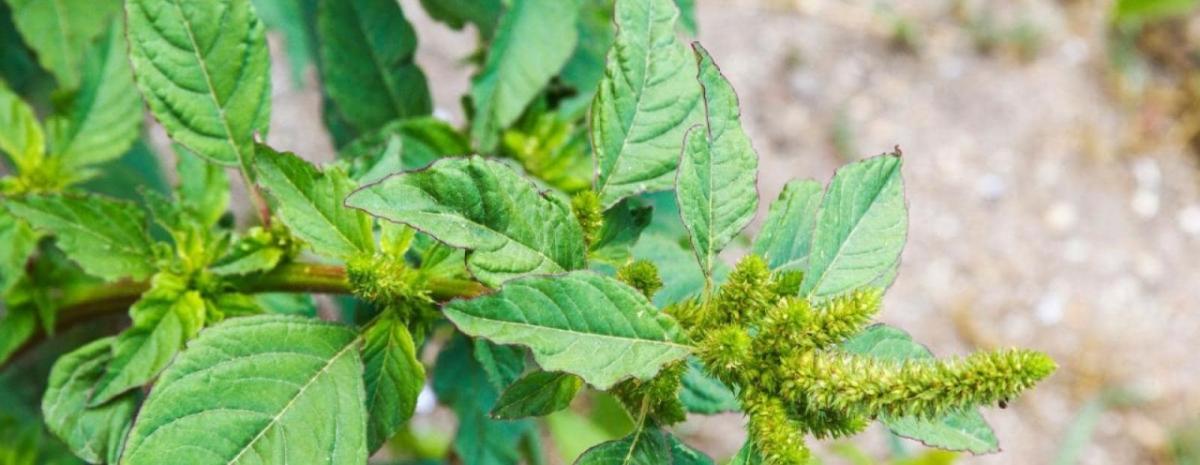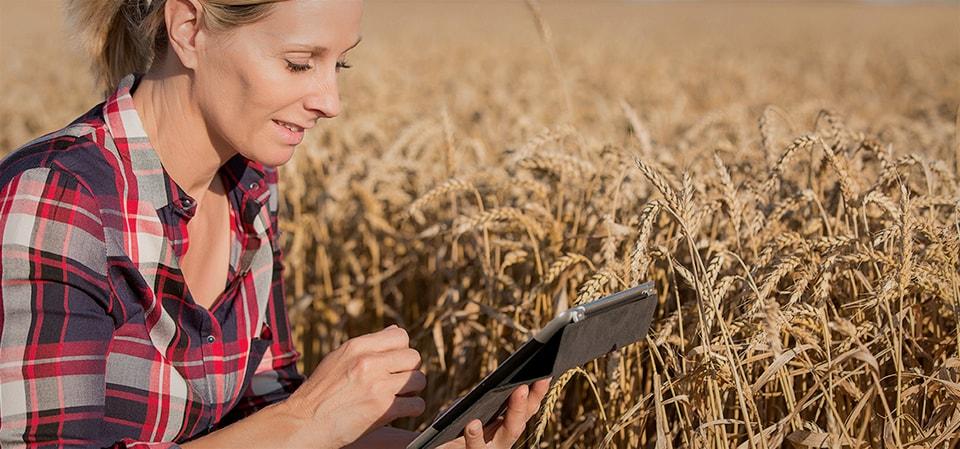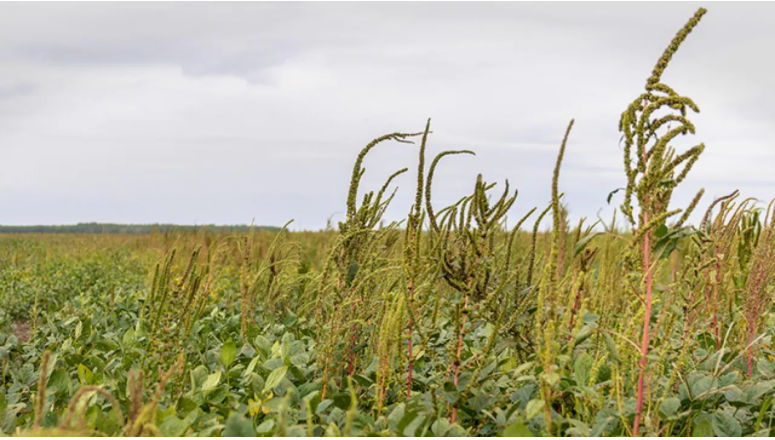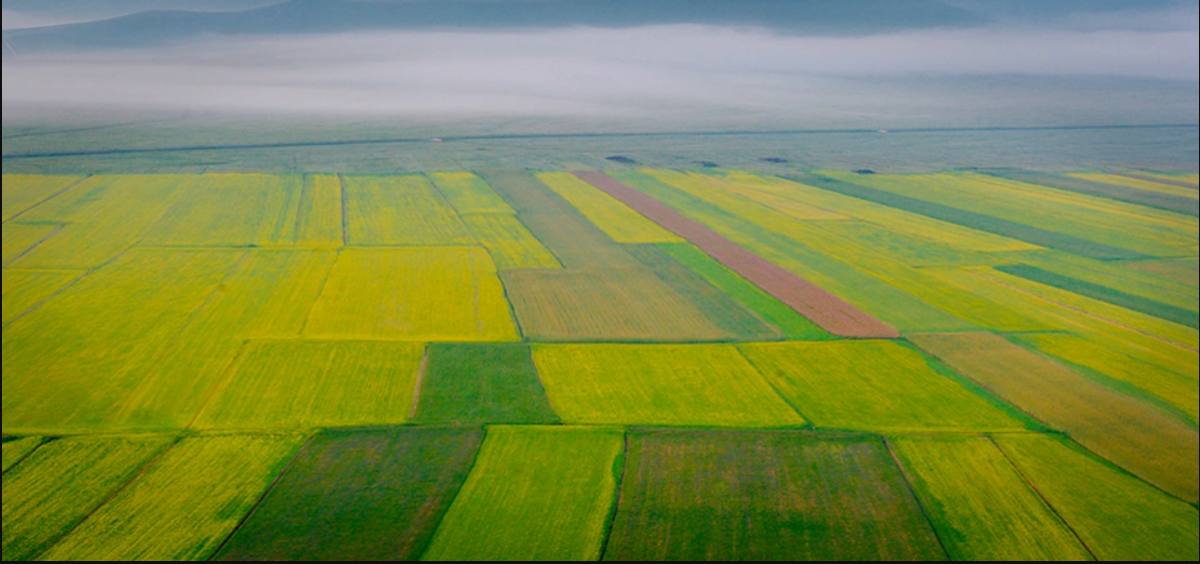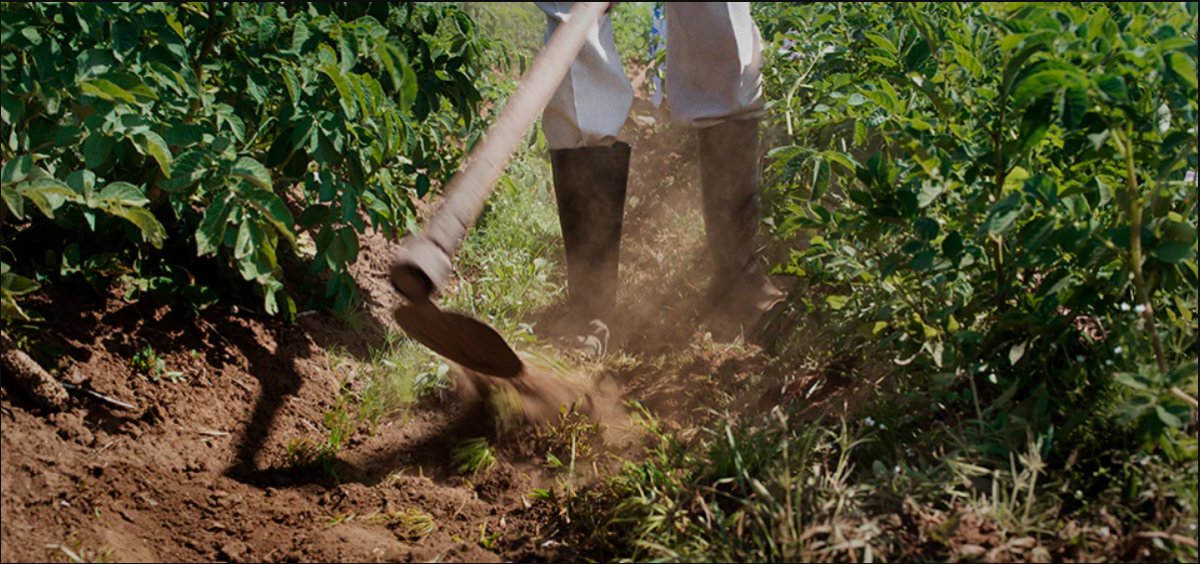The Crop Protection Toolbox: How Farmers Protect Their Crops From Monster Weeds
Whether you have a meticulous front lawn accented with shrubs and flowers — or a backyard garden filled with the promise of delicious tomatoes and peppers — dealing with weeds can feel like an impossible task.
Whether you have a meticulous front lawn accented with shrubs and flowers — or a backyard garden filled with the promise of delicious tomatoes and peppers — dealing with weeds can feel like an impossible task. These uninvited guests compete with your other plants for light, water, nutrients, and space. They spread rapidly, multiply in large amounts, and can be very hard to eliminate. You can spend an entire evening pulling every weed in sight, only to find an army of replacements the very next day.
Now imagine the frustration farmers feel as they fight to grow successful crops on over 443 acres of land.
In 2018, 443 acres was the average U.S. farm size. The farmers on these fields have to deal with “monster weeds” that spread more quickly and grow even larger than your typical garden-variety plants.
Palmer pigweed, for example, can grow to be 10 feet tall (3.05 meters) at a rate of 3 inches (7.5 cm) per day. While typical lawn weeds, such as the dandelion, generally produce about 2,000 seeds per plant, each individual female Palmer pigweed plant can produce nearly 1 million seeds. When left unmanaged, pigweed populations can reduce soybean harvests to just 22% of their usual size and can have devastating effects on farm equipment. And that’s just one of more than 30,000 different weeds that compete with food crops.
When left unmanaged, pigweed populations can reduce soybean harvests to just 22% of their usual size.
Then there are insect pests and plant diseases. If you garden, you have likely battled a few greedy beetles or an occasional case of downy mildew. Like weeds, you can multiply the threat for farmers. When you tally up the total impact of weeds, pests, and diseases, between 26 and 40 percent of global crops are lost annually. And without the right crop protection, those losses could double.
Looking inside the toolbox
Up until a few decades ago, the “crop protection toolbox” consisted of farm families (kids included) trying to protect their livelihood by manually pulling weeds. The other method of protection was tilling, or plowing, the soil. While effective, researchers later determined that tillage degraded soil health, leading to more erosion and releasing the greenhouse gases that contribute to climate change. The ability to control these weeds could come with a great cost to human health, productivity, and the environment.
Today, farmers rely on a group of chemicals called pesticides to help in the field. This includes herbicides to manage weeds, insecticides to manage bugs, and fungicides to prevent infection by fungal diseases. Most farmers depend on these solutions to effectively control different types of pests while also preserving the environment.
In the 1970s, farmers were especially thrilled with the introduction of a non-selective product, called Roundup® Herbicide — Monsanto's original single-active-ingredient Roundup® Herbicide. Its active ingredient, glyphosate, would block an enzyme essential for plant growth, allowing farmers to better manage their fields. The use of glyphosate — combined with the widespread use of genetically modified crops — improved farmers’ lives and enabled food production to stay one step ahead of weeds while keeping up with the world’s fast-growing population.
The use of pesticides has also had a hugely beneficial impact on the environment. By enabling farmers to adopt no-till and reduced tillage practices, improved crop protection tools are helping to foster healthier soils, preserve biodiversity, and reduce carbon emissions. In 2014 alone, decreased tillage led to a reduction in carbon emissions equivalent to removing nearly 2 million cars from the road.
A step in the wrong direction
Many farmers worry that growing consumer fear — combined with a lack of understanding about the importance of crop protection — could someday rob them of the ability to use glyphosate and other vital crop protection tools. Limitations on farmers' ability to utilize certain crop protection tools are already affecting farmers. For example, farmers in some areas are being affected by restrictions that prohibit them from spraying certain pesticides after a specific date. The problem for farmers is that, in some cases, the cutoff date is long before the growing season is over.
Because of this, familiar and unfortunate scenes are visible once again: teams of hand hoe laborers, hired to come in and manually chop down monster pigweed, and then burn the weeds. It was a practice many considered “long gone” a generation ago, but farmers have revived it as a last resort. Hoe crews start at dawn and work all day long, often in 100-degree heat. Perhaps unsurprisingly, there aren’t many people that are eager to do this job, so there isn’t enough labor to go around. As a result, crops are lost.
Sometimes, people fantasize about the “good old days” of farming — but any seasoned farmer can tell you that the old days were not better days.
They were more dangerous, less sustainable, and much less productive. Is that what we want to return to? Just think about the tools you use to do your job today. How would it affect your productivity if you lost your smartphone and were limited to nothing but landlines? Or if we stopped using printers, and went back to typewriters? Like the rest of us, farmers need the best tools available to do their jobs. And a huge part of their job is fighting weeds.
Farmers deserve better solutions
At Bayer’s Crop Science division, we are able to serve farmers by developing new and better tools that help them deal with some of their biggest issues — like weed control. We know farmers need safe and effective solutions. And that’s why we’re committed to investing roughly 5 billion Euros to develop additional methods to combat weeds over the next decade.
This investment will help us to better understand weed resistance mechanisms, discover new chemical and biological modes of action, further develop tailored solutions for Integrated Weed Management, and incorporate more precise recommendations through digital farming tools. In addition, we’re partnering with weed scientists around the world to develop customized solutions for farmers at a local level and — of course — we will continue to work on improved pest and disease protection tools as well.
Ultimately, Bayer aims to reduce the environmental impact of crop production by 30 percent by 2030. We believe new technologies will enable farmers to scale down crop protection product volumes and enable more precise application. But “scaling down” does not equal “eliminating.” Glyphosate will continue to play an important role in agriculture and in our portfolio. Until a new solution completely replaces the need for pesticides, farmers will need the entire crop protection toolbox. We all will — and we owe it to ourselves to understand why.

